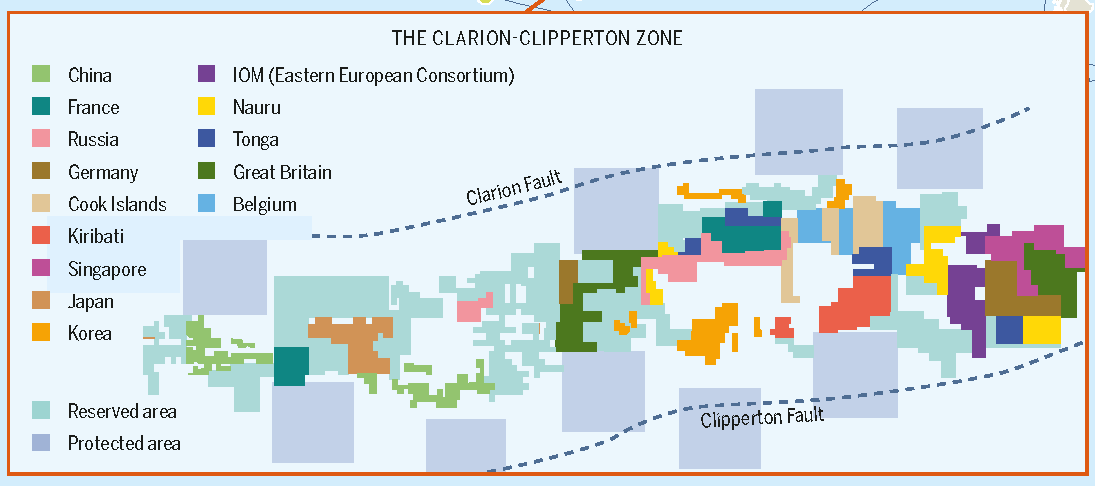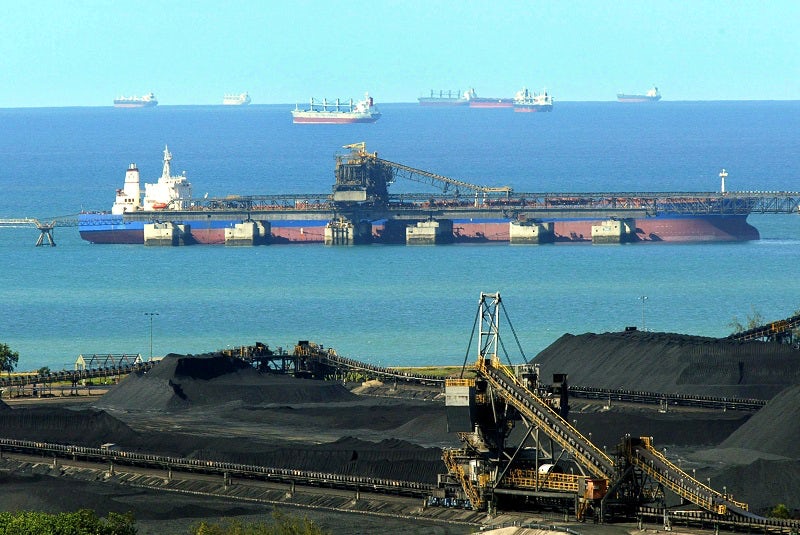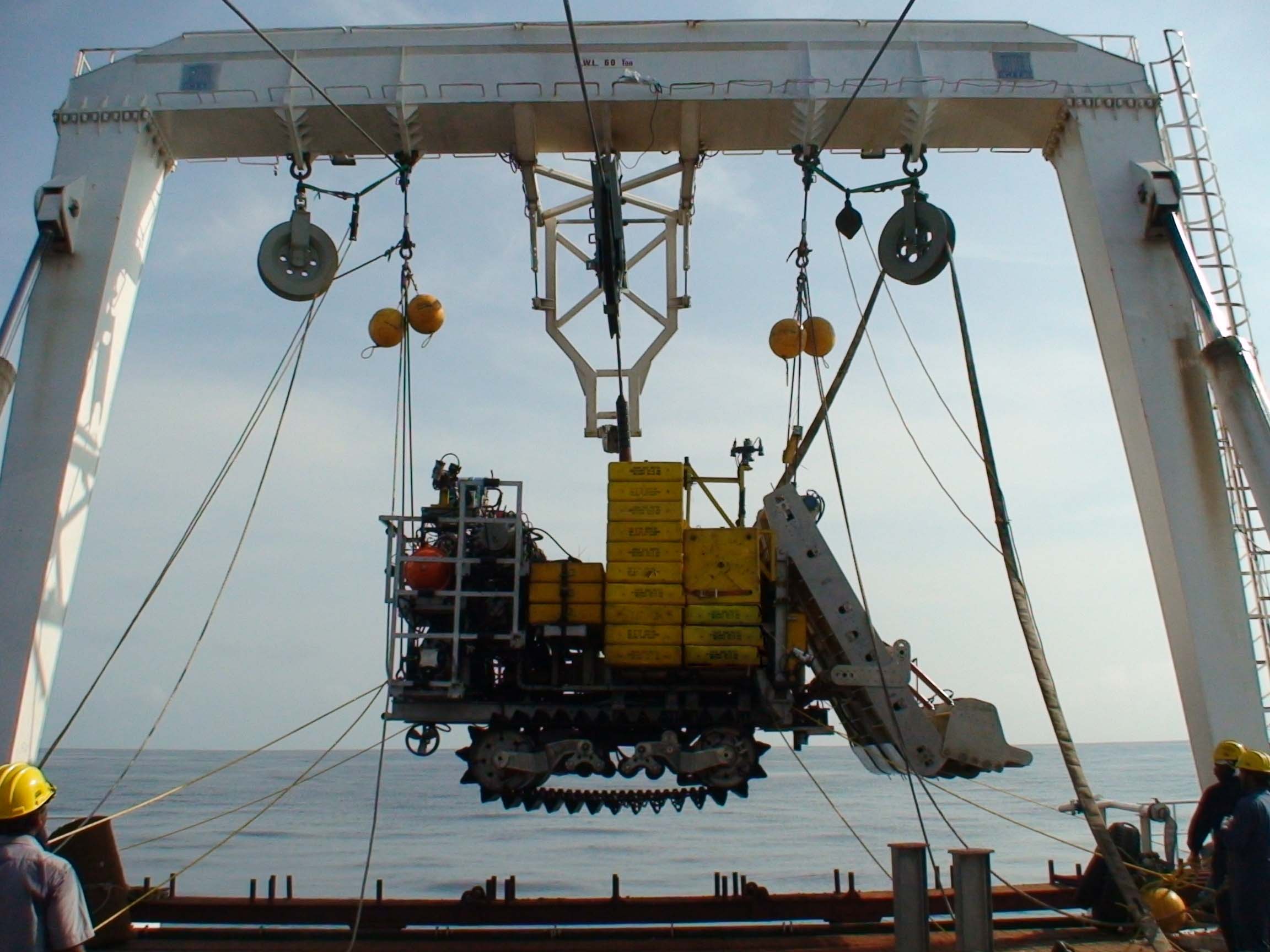Andrew Thaler for Deep-sea Mining Observer
This month, the International Union for Conservation of Nature called on all state members to implement a deep-sea mining moratorium, including a moratorium on issuing new exploration contracts and adopting a mining code, until appropriate impact assessments have been completed. Those impact assessments include social, cultural, and economic risks, in addition to environmental risks. The IUCN also called for the implementation of the Precautionary Principle, an ecosystem approach to management, and a policy of polluter pays, as well as a for policies to ensure global metal production, both off and on-shore, be conducted responsibly, with a focus on transitioning to a circular economy and reducing demand for virgin ore.
Notably, and in direct conflict with the International Seabed Authority’s current implementation plan for the next 2 years of deliberation, the IUCN called for more and more transparent public consultation mechanisms to ensure that stakeholders from around the world, including indigenous peoples, be involved at all phases in the development of the mining code.
“These issues provide the legal basis for calling for urgent action to redress the built-in conflicts of interest within the ISA Secretariat and ISA State members (those that would benefit the most economically from exploitation).” says Kristina Gjerde, Senior High Seas Advisor to IUCN’s Global Marine and Polar Programme. “Only aggressive reforms to require transparency in key [Legal and Technical Commission] deliberations, an independent science committee empowered to deny applications based on science-based environmental requirements, and mechanisms for true public consultation throughout (including exploration contracts and EIAs), as well as a far more adequate scientific understanding that would benefit from independent science, global collaboration, and both basic and applied research are required to ensure effective informed consent by the global public and informed decision making by the ISA.”
In short, the International Union for the Conservation of Nature is calling on its member states to demand dramatic reforms in the structure, activities, and mission of the International Seabed Authority.
“The challenges presented by the legal and institutional arrangements for deep seabed mining in the Area [include] the commitment under UNCLOS that the Area is the Common Heritage of all of humankind and that any activities should be regulated in a way that benefits humankind as a whole, including environmental protection.” concludes Gjerde.
Of the national delegations represented among the IUCN, key sponsors of deep-sea mining ventures, including Belgium, Norway, China, and Japan, voted against the moratorium motion. The Republic of Korea, France, and the United Kingdom, all of whom sponsor contractor who hold ISA-issued deep-sea mining exploration leases, abstained from the vote. Delegations from a quarter of the member states currently representing the ISA Council, voted in favor of the moratorium.
New Zealand, who abstained from the vote, is already facing criticism from within the country. Today, the New Zealand Supreme Court ruled against seabed mining company Trans Tasman, who sought to extract iron sands from national waters. This ruling functionally puts an end to any potential seabed mining in New Zealand waters for the foreseeable future.
A strong international moratorium would likely cause huge problems for the fledgling deep-sea mining industry. Without the assurances that commercial mining is on the horizon, private mining contractors would face significant challenges attracting new investors. One contractor notes that, with a moratorium in place, there is no longer an incentive for mining companies to conduct the environmental impact studies that the moratorium is designed to foster. In a world where the majority of marine scientific research occurring in places like the Clarion-Clipperton Zone is funded my mining interests, this presents a catch-22: without a clear path to profitability there is far less incentive to fund the environmental studies needed to assess the impacts of deep-sea mining on ocean ecosystems.
The IUCN vote follows an earlier pledge, this summer, by automotive manufacturers BMW and Volvo, as well as battery producer Samsung SDI, not to use metals produced via deep-sea mining in their supply chain until there is a better understanding of the environmental impacts of the industry. “We came to the conclusion we are missing an understanding of the biodiversity impacts of deep-sea mining. We wanted to send a clear signal to the industry that until these issues are resolved, minerals from the deep seabed are not an option for us.” said BMW’s Claudia Becker, in an interview with The Guardian.
Though the IUCN vote does not have direct bearing on the decisions or operations of the International Seabed Authority, its influence will likely be felt throughout the next 2 years of ISA deliberations. Multiple Council members, as well as member states and observers, may face pressure from their citizenry to abide by the IUCN commitment. Environmental and stakeholder NGOs will undoubtedly use this inertia to campaign for increased transparency and stakeholder engagement.
Ultimately, the ISA and the IUCN exist in divergent spheres of influence, and IUCN actions can only force changes if enough ISA member states assent to them. It is unlikely that any structural changes to the ISA, including revisiting the dual mandate to both promote seabed mining and preserve marine ecosystems and would require a renegotiation of substantive portions of UNCLOS, will occur as a result of IUCN pressure. The ISA may experience growing scrutiny as a result of the IUCN moratorium vote, but the most significant impacts will likely be among the private commercial mining contractors, facing increasing criticism and the potential that once reliable investors may retreat from the industry.
We reached out to The Metals Company, Flora and Fauna International, and the International Seabed Authority and will update with any comments received.
Featured Image: Map of the Clarion-Clipperton Zone, modified from Treasures Beneath the Waves – X Marks the Spot!



